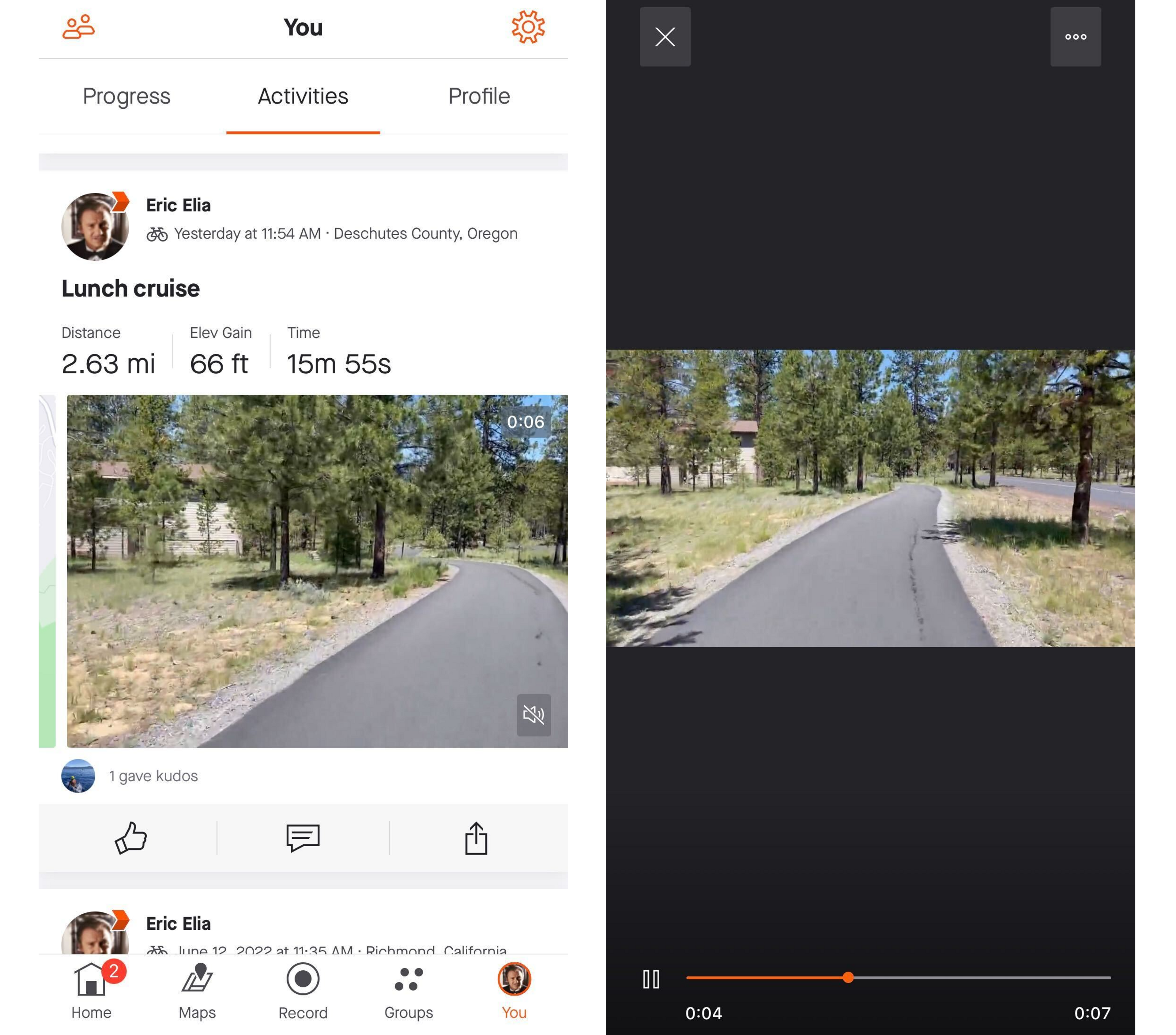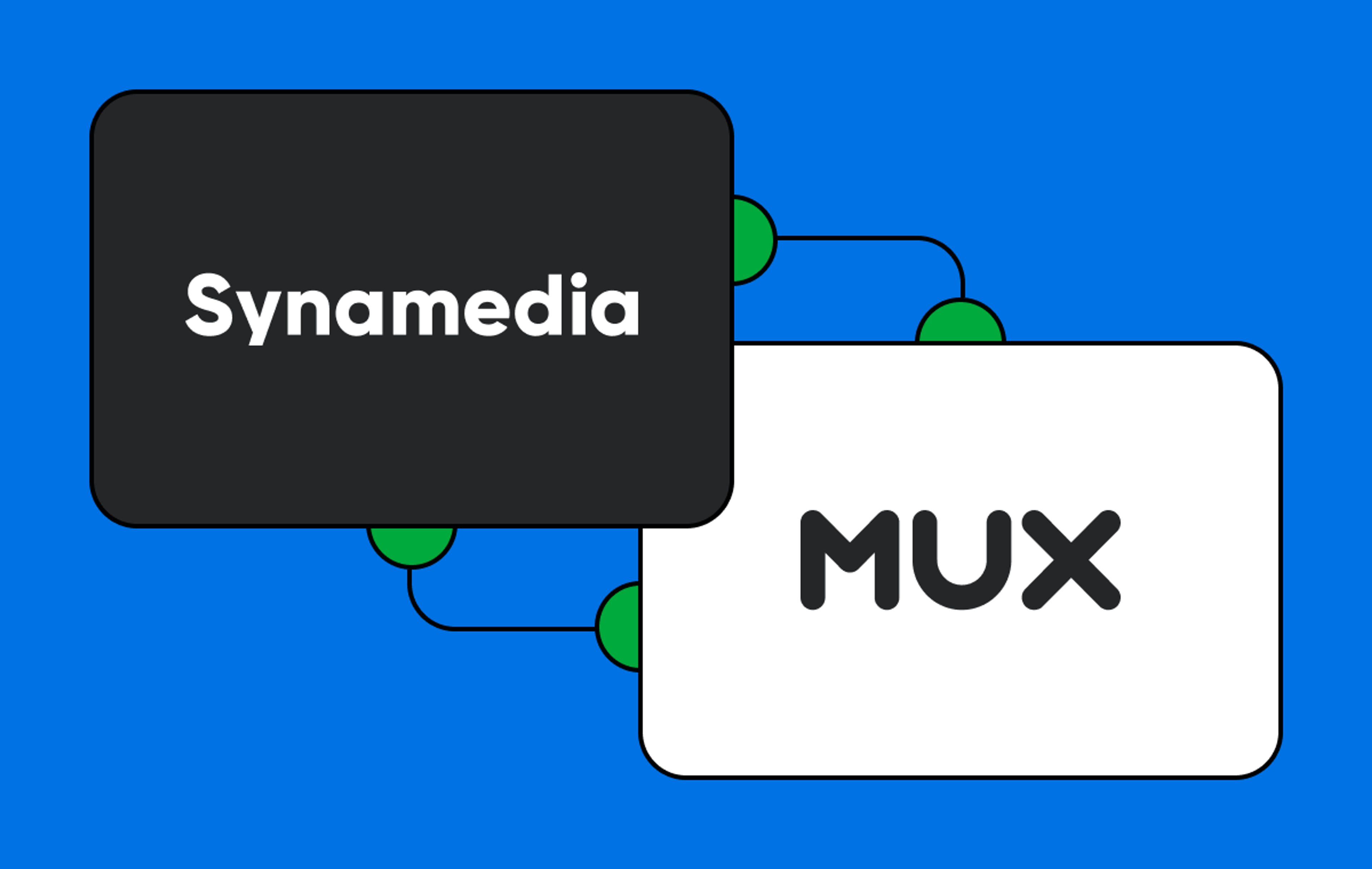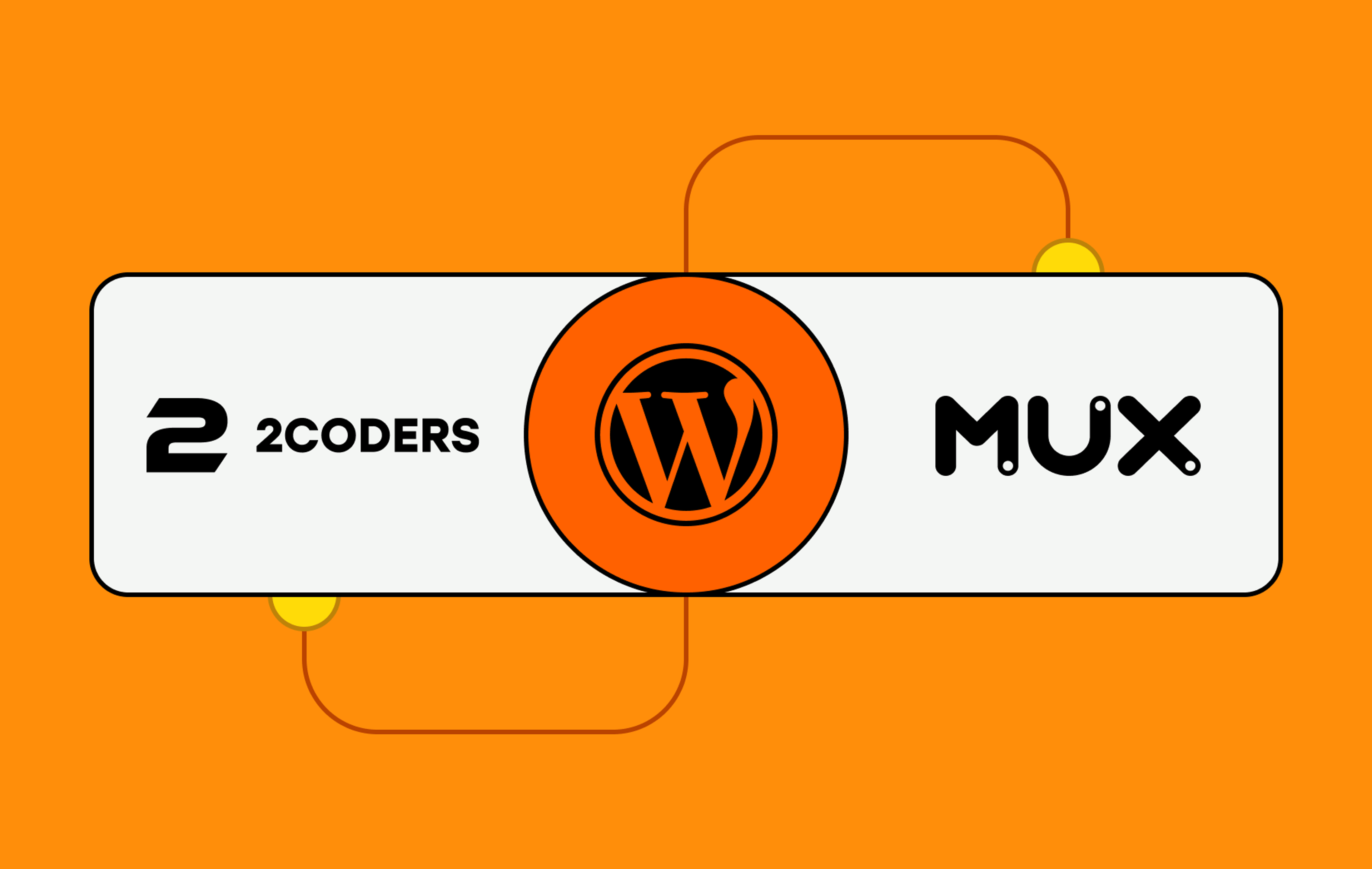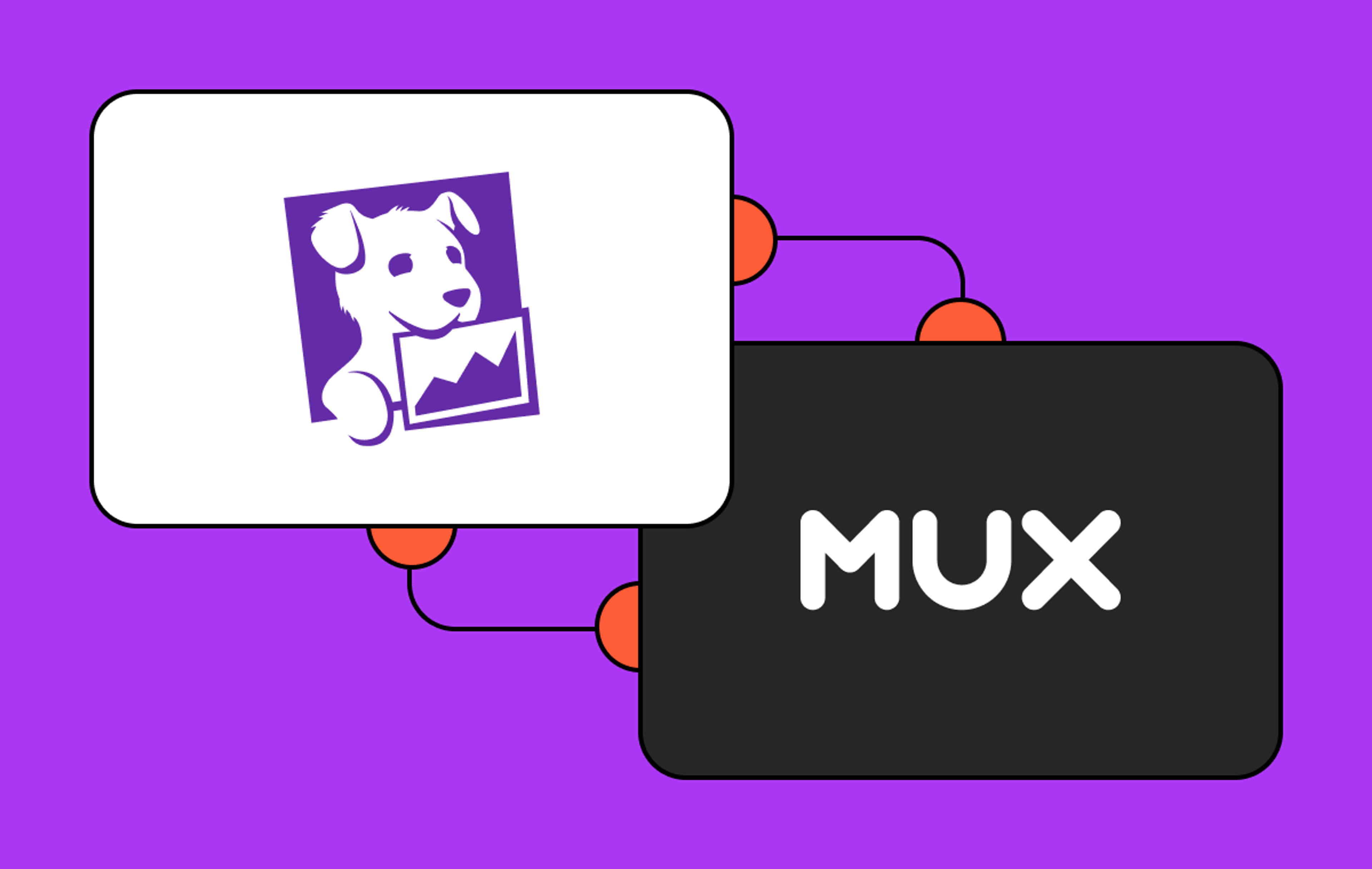The video landscape is ever-changing. And in the past few years, that landscape has been shaped by the waterfall effects of a global pandemic, which required companies (and developers) to adapt and progress in pretty significant ways. Keeping up with viewer expectations and evolving technology means that companies need to be ready to adapt on the fly. Trends in the fitness industry, for example, can move quickly, and quickly move beyond the gym — and we’re not just talking about the workout clothes that have become everyday fashion. The fitness industry has shifted the way video is consumed and built, and these changes hold lessons for every industry.
We recently unearthed some of these trends in a conversation over video (what else), as we connected with experts in the fitness field to hear their big takeaways for this moment in time — and how they’re thinking about the future. Our very own Head of Partnerships, Eric Elia, joined a webinar with Mohammed (Mo) Iqbal, CEO of SweatWorks; Amira Polack, CEO and Founder of Struct Club; and Meredith Harrington, Global Director of Digital Partnership Growth for Les Mills. Read on for their advice and actionable frameworks that teams across industries can put into practice.
In-person opportunities don’t take away from the impact of video
At the beginning of the COVID-19 pandemic, many companies with physical locations shut their doors. And that was certainly true for wellness and fitness. Now, we're at a phase where physical locations are opening their doors again. But while the sounds of dumbbells clanging and instructors guiding classes in person once more meant that not everything had to be done over video — companies saw a shift in video consumption, not a movement away from video altogether. The demand for live video may have decreased somewhat, but the desire for on-demand video, where people can tune in whenever they want, and personal, real-time connection from classmates or instructors has increased.
In some ways, we can compare this change to the traditional and connected TV space. Traditional appointment TV required a specific time and space to consume content. The rise of different streaming services allowed for the consumer’s needs to be met differently — whether that was access to shows you could previously only watch in a certain geography or just the flexibility to watch your favorite show after the kids are asleep. Traditional TV still exists and is consumed by many, but there’s been a shift in desires to also have other ways to connect and watch.
Consumers are looking for experiences that meet their own lifestyles and that they can enjoy on a schedule that fits their own.
In other words, hybrid is here to stay. It’s all about choice. Allowing people to choose how they interact with your content increases accessibility to a wider audience, from those you regularly see in person to those who may never want to or be able to walk through your doors. Consumption models may shift, but there’s still a longing to engage with content when it’s convenient or accessible for the consumer.
Content is not a one-way street
Fitness and wellness brands have tapped into a unique superpower: the ability to create community. What is being understood more and more across industries is that video helps to reinforce that feeling of connection.
Nowhere is that more true than real-time video. Having the capability to connect with others in real time brings that sense of community out of the four walls of a building and into someone’s hands. They’re able to get the interaction of in-person experiences, even if they’re not able to be there physically.
In addition to real-time, there’s the power of user-generated content. When an audience becomes a contributor to content, they are no longer passive consumers; instead, they transform into active community members. There’s a personal investment that happens in their content journey with you as a company.
In the webinar, Eric shared a prime example of this community engagement. Strava, a Mux customer, recently launched the ability for their users to upload video content. Strava’s platform enables people to track their fitness and connect with fellow athletes. Static images or text are great, but video connects people in a different way: for Strava, it invites athletes to become more engaged, giving them direct access to the community and allowing them to naturally bring their fans along with them for the ride. Users can share in 30 seconds what they may never be able to capture in other ways. And Eric himself did just that. Using Strava's app, he was able to share video with his community of his beautiful vacation bike rides in Oregon.

[Screenshots: Eric cruising through the hills of Oregon on a quick bike ride on a recent vacation - shared on the Strava app.]
Video makes a great intro class
Jumping into an advanced yoga class or grabbing the heaviest weight off the rack can be intimidating for people just at the start of their fitness journeys. This is why beginner or introductory classes exist.
In the same way, expressing loyalty to a brand, committing to buying an item, or even making space on a phone to download a new app can cause some hesitation. It takes time to feel comfortable with something new and commit to it. Video can serve as the perfect medium for an introduction to who you are, what you offer, or your content as a whole.
This could include providing access to a taste of your video content on the web before someone downloads your app, or offering video of someone touching, feeling, and interacting with your latest merchandise so customers can fully experience it before they press “add to cart.” It could mean sharing stories about why people love your business, or an introductory class to ease people back into their exercise routine. Video can help drive customer acquisition by meeting the consumer before they commit to walking through the door.
Data creates holistic experiences
In addition to helping you understand things like viewer engagement, which tells you how well your content is performing, video data can also reveal how well your content is performing across devices and the quality of experience for your users. This information gives you a breadth of knowledge to build great experiences where they’ll be most effective.
But video data is not the only data you should be considering. Connected fitness has found a way to utilize additional data points to enhance user experience in a way that’s not possible with traditional studio-based workouts. For example, Mux’s partners SweatWorks and ASENSEI.AI are pioneering smart coaching programs driven by computer vision, machine learning, and sensors. One of the examples Mo shared in the webinar was how SweatWorks can take the information shared from smart watches to personalize a workout journey. So, if the user just did a 10-mile hike? Don’t recommend leg-day workouts the next day.
Performance and telemetry data can be used to inform communities and personalize workout programs. In the same way, by pairing video data with the other data sources that are available to your industry, whether it’s through connected devices or web behavior, you can build video experiences that are high quality and unique, and that resonate with your audience.
Time for the cool down
By looking at the fitness and wellness industry, we can paint a picture of the shifting models in consumer behavior and content consumption. The accessibility and flexibility of video to meet people wherever they find themselves has become a constant and expected part of a consumer's journey. Building an infrastructure that can support the shifting needs and desires of those customers is how all industries will be able to build for success.
These are only a few of the gems captured in the webinar, which you can rewatch here to glean even more insights.



